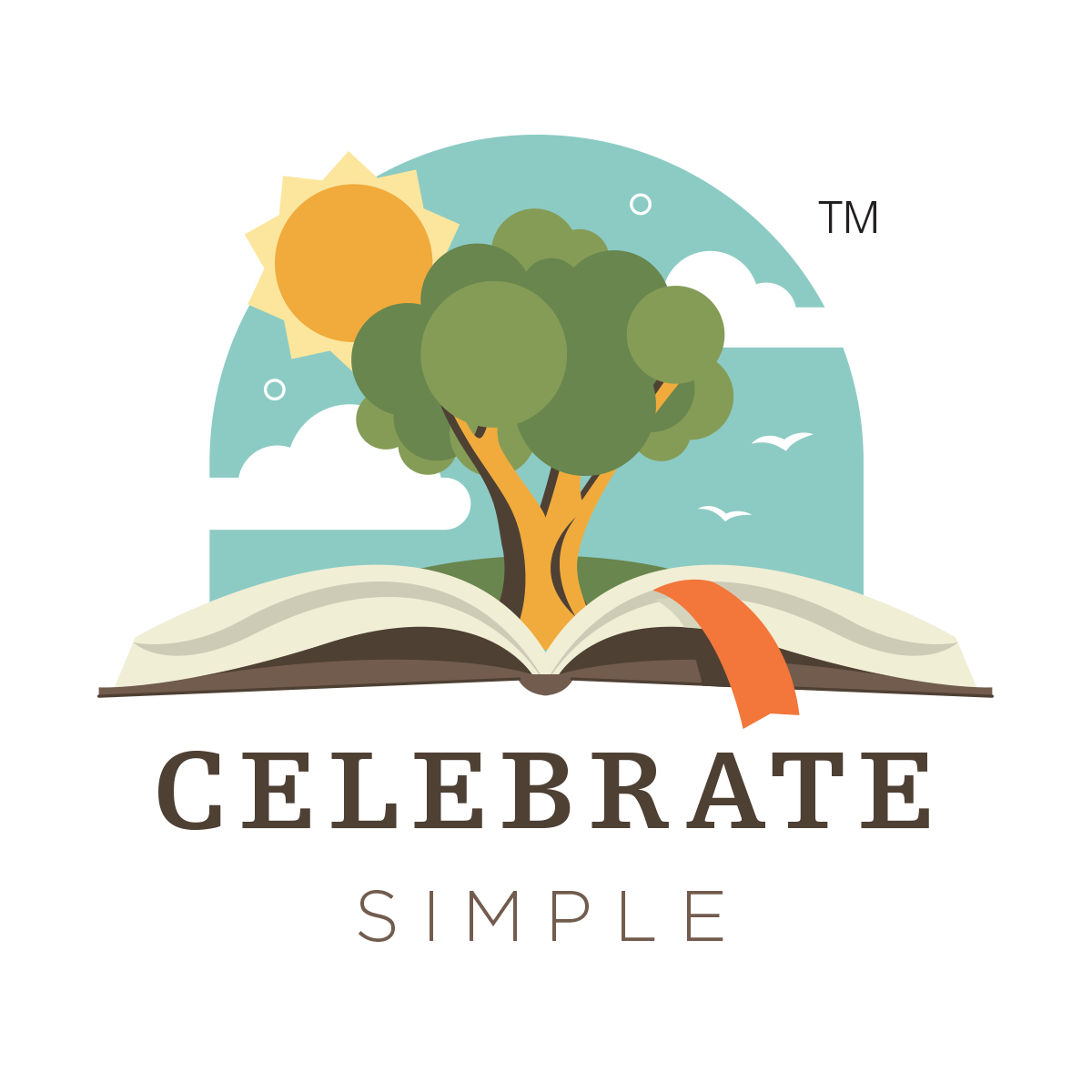More to Playing Store
/"Let's play store!"
There is much more to playing store than meets the eye.
In fact, as a struggling learner, I believe playing store--adding customer orders and writing receipts--saved my declining math and spelling skills while building my learning confidence. As a mom, I have observed my children build the same skills behind their cashier stands and in their make-shift restaurants.
Playing store is an essential developmental milestone, academically and socially. Playing store provides valuable educational entertainment.
I remember, fondly, my pretend store years. Every day after school, I spent the afternoon at the neighbor's house until my mom arrived home from work. My friend and I would spend all afternoon in the basement, playing. The basement was alive with learning. In one corner stood three tall metal cabinets packed with craft supplies: old jars, paper, stickers, glitter, colored pasta, craft feathers, beads, and GLUE...lots of glue. Oh, and PAINT! Along end wall, all twenty to thirty feet of wall, was THE STORE! My friend's mom saved and cleaned EVERY box, plastic container and bottle she emptied from her kitchen--especially the ones loved most by children: Lucky Charms, Jell-O pudding, Tastykakes, soda. When the recyclables were cleaned, they were placed in THE STORE. There was a cereal section, a dessert section, a dairy section. Oh, and there was THE CASH REGISTER--an old adding machine with a roll of register tape a mile long. The store was a child's dream! We spent hours playing in the basement.
When my oldest showed interest in "playing store" I began saving boxes and containers. I purchases garage sale price tags and we made an OPEN sign. The boxes lined the wall of my kitchen and provided hours of play...and much more!
Yes, the box shelf grew and grew, spilling over into the living room. Visitors were understanding, almost envious. They wanted to play, too!
Today's the day. Save that box. Wash out the plastic container. There's learning in those recycles. And, there is so much more to playing store!
To cultivate the interest in playing store, gather
- coins- real will provide opportunity for responsibility
- paper money
- receipt book
- garage sale price tags
- We're Open sign- with analog clock with movable hands to practice time telling
- adding machine or cash register
- extra paper for menus and handcrafted paper pretend food
- clean recycles materials- drink holders, washed cups and plastics from food vendors and retailers
- aprons
- chef hat
Playing store creates opportunity to
- write numbers- numerals and decimals
- associate numerals with values
- apply number concepts
- add money values (decimals)- coins and bills
- practice math vocabulary
- use shapes and symbols
- practice language and communication skills
- read and spell high frequency vocabulary
- write with purpose- menus, orders and receipts
- repurpose recyclable materials
- collaborate with playmates regarding rules of play and responsibility
There is much more to playing store than meets the eye. Yes, there is the potential for recyclables to take over a corner of a kitchen or develop into a basement marketplace, maybe even make a mess of a living area. However, the rewards of the store playing season are indeed life-impacting. The mind will imagine. The feelings toward learning, brighten. Conversational skills will develop.
Celebrate the learning!
Indeed, when the cardboard boxes and plastics finally end up in the recycling bin, children will have been encouraged and empowered. And that is definitely worth a season of box and container collecting.







































